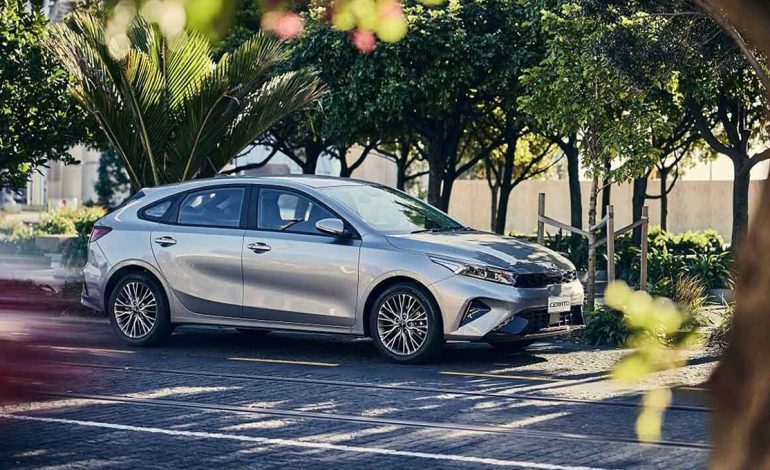
Rising Demand for Lower-Priced Cars Reshapes the Auto Market
Michelle Chumley, a 56-year-old nurse from Ohio, had the means to purchase a high-end SUV. However, when it came time to replace her Chevrolet Blazer, she opted for a smaller, more affordable option. In June, she bought a Chevrolet Trax, a compact SUV priced below $30,000, joining a growing group of buyers seeking vehicles in the $20,000 to $30,000 price range.
“I just don’t need that big vehicle and the high gas costs,” Chumley explained, reflecting the shifting trend in the auto market.
Shift Towards Affordability in the Auto Market
Across the automotive industry, there is a noticeable shift in buying patterns, with more consumers gravitating toward lower-priced vehicles. The average price of a new car has surged to over $47,000, a 20% increase from pre-pandemic levels. This spike has made new cars financially out of reach for many buyers, as monthly payments on an average-priced vehicle now exceed $737 when financed over six years at current loan rates.
Despite this, some buyers, like Chumley, who could afford more expensive options, are choosing smaller, more budget-friendly cars. This trend is reshaping the strategies of major automakers.
Impact on Automakers and Production Strategies
The rising demand for affordable vehicles is forcing automakers to rethink their sales and production strategies. As Kevin Roberts, director of market intelligence at CarGurus, notes, “Consumers are becoming more cautious due to economic uncertainty, high interest rates, and elevated vehicle prices.”
In response, automakers are offering steeper discounts on pricier models to attract buyers. Edmunds reports that average incentives per vehicle have nearly doubled to $1,812 over the past year. While some companies, like General Motors, have maintained steady vehicle prices and managed to increase earnings, the fourth quarter may see changes as buyers continue to prioritize affordability.
Growing Sales in the $20,000-$30,000 Range
Through September 2024, new vehicle sales to individual buyers grew by 7%, with a significant portion—43%—coming from the $20,000 to $30,000 price range. Sales of compact and subcompact cars and SUVs from mainstream brands are growing faster than at any time since 2018, making this segment the fastest-growing in the market.
Data from Cox Automotive shows that sales of compact sedans rose by 16.7% compared to last year, while sales of larger trucks and SUVs saw minimal growth. Popular small SUVs, like the Toyota RAV4 and Honda CR-V, have even outpaced typically dominant vehicles like the Ram pickup.
Automakers Respond to Shifting Trends
Automakers were initially caught off guard by the rapid shift in buyer preferences toward more affordable options. Some brands, like Stellantis, which produces Chrysler, Jeep, and Ram vehicles, have warned of potential hits to profitability due to excess inventory of high-priced trucks and SUVs. However, other companies, such as General Motors, anticipated the trend. Chevrolet, for example, launched a redesigned Trax in early 2023, and its sales have since skyrocketed by 130%, making it the top-selling subcompact SUV in the U.S.
“We’re basically doubling our Trax sales volume from last year,” said Mike MacPhee, Chevrolet’s director of sales operations.
Future Outlook: Will the Trend Last?
It’s uncertain how long the shift toward lower-priced vehicles will continue. According to Charlie Chesbrough, chief economist at Cox Automotive, if interest rates start to decrease, auto loan rates could drop, making larger and more expensive vehicles more affordable again.
“The trend could reverse if interest rates come down,” Chesbrough noted. “We might see consumers returning to larger vehicles.”
For now, however, buyers are focused on affordability, with many opting for smaller, more fuel-efficient vehicles as they navigate high loan rates and rising insurance costs.





